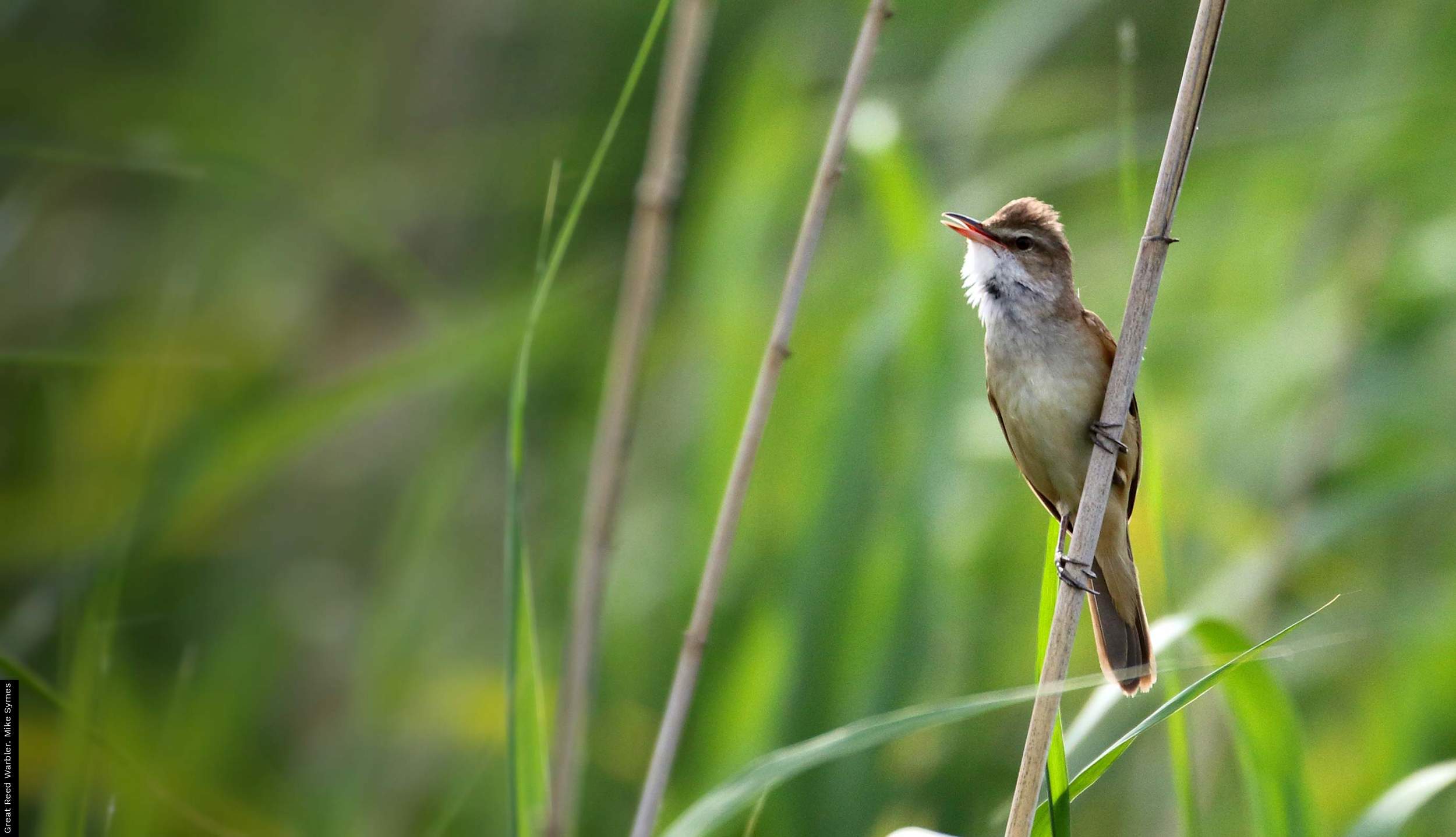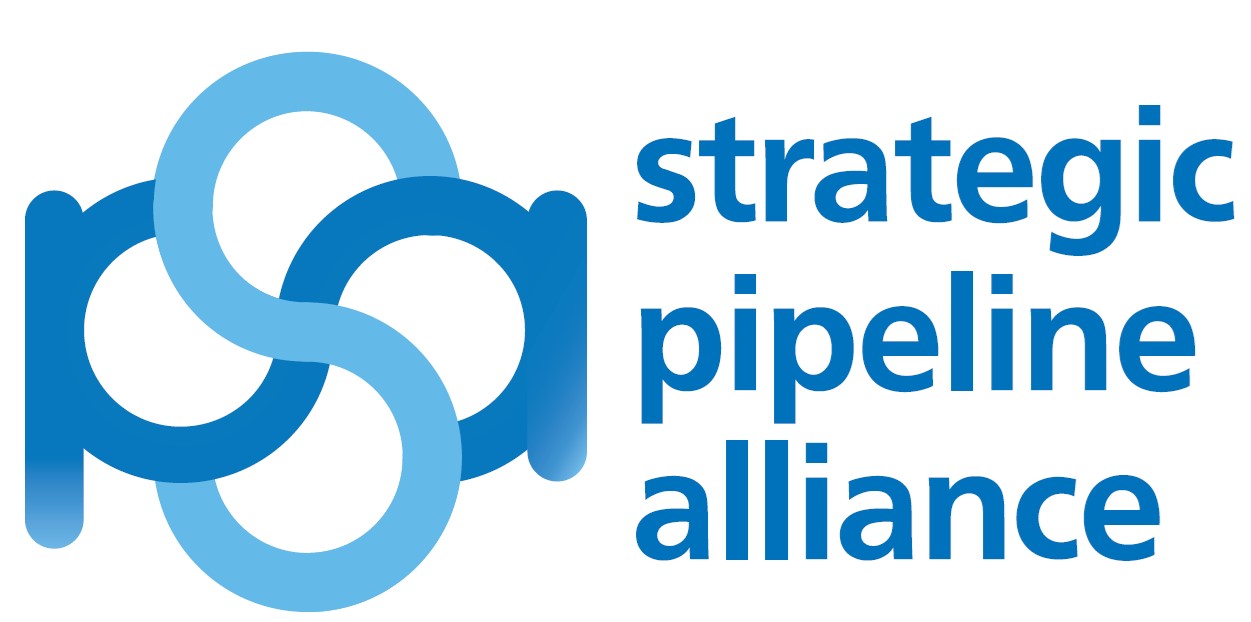BTO Data Reports
Our reports provide rigorous scientific information to inform Environmental Impact Assessments in the UK.

Collectively, the information collected by BTO volunteers constitutes some of the best biodiversity data in the UK. Many schemes, like the BTO/JNCC/RSPB Breeding Bird Survey, collect data for a particular purpose (in this case monitoring long-term population trends), but there are many opportunities to ‘re-use’ the data for a different cause.
One such cause is informing Environmental Impact Assessments. Construction projects ranging from individual wind turbines and housing developments to major road, rail and utilities infrastructure are required to identify any species and habitats that could be adversely affected by the project and, where necessary, propose mitigation for any significant impact.
Ecological consultants usually accomplish these assessments through on-site fieldwork and/or desk studies which review available data for the site. Historically, the latter involved consultants requesting data from BTO, typically provided as a list of bird records for grid squares in and around the proposed site. Whilst this system worked for many years, it had a number of weaknesses. It did not provide clear information on survey coverage (was a species actually absent, or was the absence of records explained by limited survey effort?), did not provide contextual information beyond the site (was the presence of a species regionally significant?), and the varied nature of requests meant it was sometimes time-consuming for BTO to deliver the data.
BTO Data Reports draw on all BTO data to assess the local, regional and national importance of each species, enabling consultants, developers and planners to focus on species where any negative impacts are likely to have wider consequences.
To overcome these issues, and to ensure that bird data are more effectively used in planning decisions, we have developed a new service called BTO Data Reports. Data Reports have been co-designed with leading ecological consultants using live planning cases, and provide insight into the bird species associated with a proposed development site through a combination of the comprehensive coverage of Bird Atlas 2007-11 with the immediacy of data collected by BirdTrack and other annual surveys. Obtaining this information in a succinct and timely manner can be vitally important in helping consultants to design appropriate fieldwork to confirm the presence of key species (as recommended in the Bird Survey Guidelines for assessing ecological impacts). Crucially, the Reports draw on the wider pool of bird data that BTO holds to assess the local, regional and national importance of each species. This enables consultants, developers and planners to focus on the species where any negative impacts are most likely to have wider consequences.

BTO Data Reports
Get the best bird data to inform Ecological Impact Assessments.
Our reports provide rigorous scientific information to inform fieldwork decisions and desk studies for Ecological or Environmental Impact Assessments in the UK.
Find out moreThe following example, provided by Tristan Folland of Anglian Water’s Strategic Pipeline Alliance, neatly encapsulates why this service is needed.
Anglian Water operates in the driest region of the UK, receiving around 30% less rainfall than any other UK region. It is also one of the fastest-growing, with around 175,000 new homes to be built by 2025. Anglian Water’s plan to address this problem includes an ambitious programme to design and construct hundreds of kilometres of interconnecting water pipelines across the East of England. Ultimately, the network will allow water to be moved from areas of surplus in north Lincolnshire to areas of deficit in the south and east of the region, and will be the biggest water infrastructure project for a generation.
In July 2019, Anglian Water formed the Strategic Pipeline Alliance with partners Costain, Farrans, Jacobs and Mott MacDonald Bentley. With future water challenges on the horizon, the Alliance is seeking to deliver within five years, by using the latest digital tools to support our environmental assessments, design delivery and stakeholder engagement, helping planning officers and communities understand what we are seeking to achieve and why.
In England and Wales, local planning authorities and certain other organisations have a legal duty to provide, protect and restore habitats for wild birds (the ‘wild bird habitat duty’). This duty aims to make sure that there are healthy populations of wild birds in their natural habitats.
The Alliance recognised the benefits of the rigorous scientific information the British Trust for Ornithology (BTO) could provide to inform survey planning, Ecological Impact Assessment and the development of mitigation strategies for very large infrastructure projects. Leading on from early collaboration between Mott MacDonald and BTO, the SPA ornithology team worked with BTO to leverage the potential from BTO data to help deliver Anglian Water’s public interest commitments and to demonstrate to each of the local planning authorities that the appropriate actions have been taken to protect and/or provide habitats that support and maintain wild bird populations.
The Alliance used the comprehensive Bird Atlas (2007–11) species list and the contemporary species list from BirdTrack to make a rapid assessment of which species were likely to be present on each of the individual pipeline schemes. Breeding evidence associated with these species’ records provided the first robust, evidence-based assessment of the risk of encountering birds protected from disturbance (“Schedule 1”) and Rare Breeding Birds Panel (RBBP) species. This high-level but comprehensive understanding of species presence or likely absence informed the SPA approach to conducting scoping surveys for each pipeline scheme and supported the justification for when detailed bird surveys were not recommended.
The reports highlighted that one of our routes had historical evidence of Bewick’s Swan, accounting for at least 2% of the species’ abundance in Great Britain. To ensure the Alliance applies a precautionary way of working that would avoid significant disturbance to this declining species, an appropriate survey schedule was implemented so that we could be confident that Bewick’s Swan would be detected if it was still present. The surveys in the winter of 2021/22 confirmed the findings of the BTO Data Report regarding the presence and notable abundance of Bewick’s Swan, with a flock of 150 individuals the highlight of the surveys. The surveys also confirmed the presence and notable abundance of Whooper Swan. Together, the BTO Data Report and the field surveys helped to inform the development of a precautionary method of works that will require approval from Natural England and form part of the planning conditions associated with the project.
The activities associated with the construction and operation of each pipeline scheme have the potential to result in changes in environmental conditions. For this reason, each of the main pipeline schemes was required to prepare an Environmental Impact Assessment (EIA) as part of its planning application. Understanding how important the area beyond each pipeline scheme is for birds is an essential part of providing context to the impact assessments.
The Alliance used the unique insights provided by the BTO Data Report to take a precautionary approach to determine the importance of the wider area for birds in each pipeline scheme. By using the analysis of species’ range and abundance together with an understanding of species’ habitat associations, a precautionary level of importance (National, Regional, County, Local) could be assigned to each of the broad habitats present along each pipeline route.
The analysis of comparative species’ population trends provided a unique understanding of which species are faring less well in the wider area of each pipeline scheme. This understanding allowed for measures to avoid, minimise, enhance or compensate for any effects to be focused on those species that are less likely to be maintaining their populations in the wider area.
The Strategic Pipeline Alliance is a partnership between Anglian Water, Costain, Farrans, Jacobs, and Mott MacDonald Bentley.
Find out more about BTO Data Reports
BTO’s ethos is centred on the use of evidence in decision-making, and we are keen to see more planning decisions using the extensive bird data BTO holds.
Data Reports cost from £200+VAT (dependent on the size of the search area).
Report users can expect a rapid and professional service. Upon receipt of GIS files for the site, we will provide a quote of the cost of a Data Report and will send a completed report on receipt of payment.
View example reports and more data on our Data Reports page.
read more











Share this page